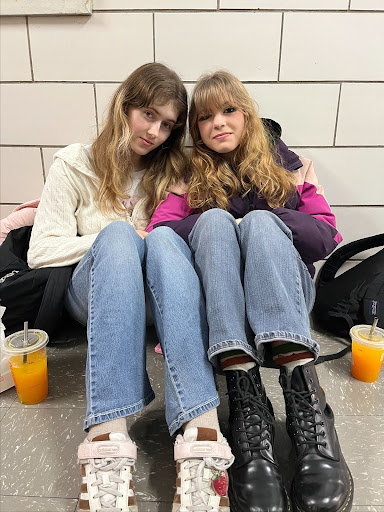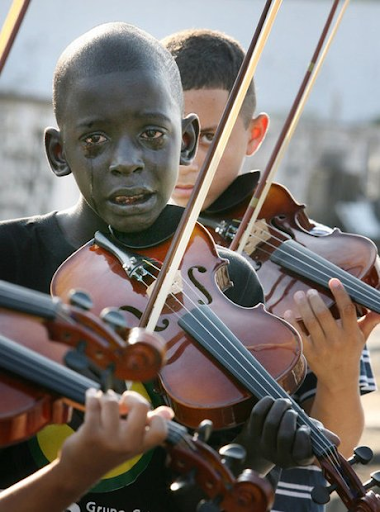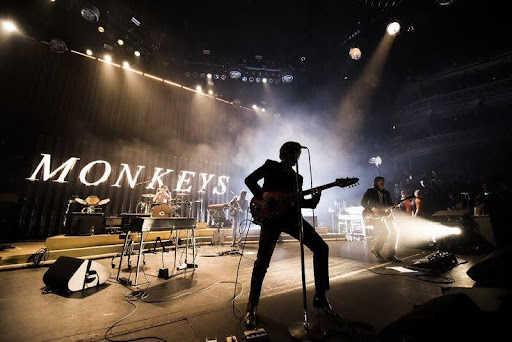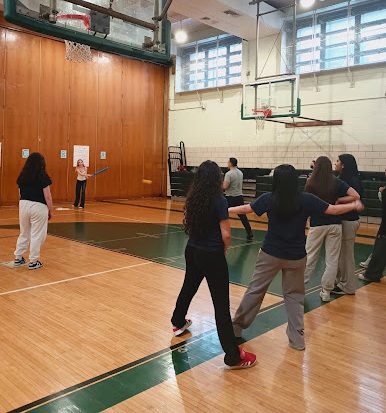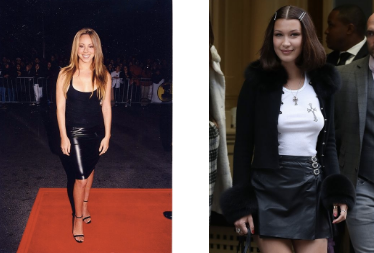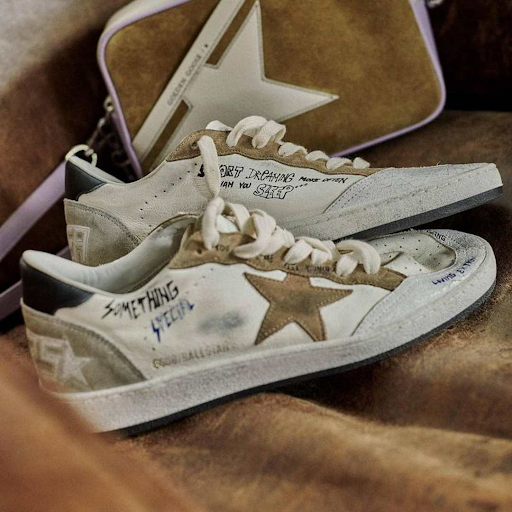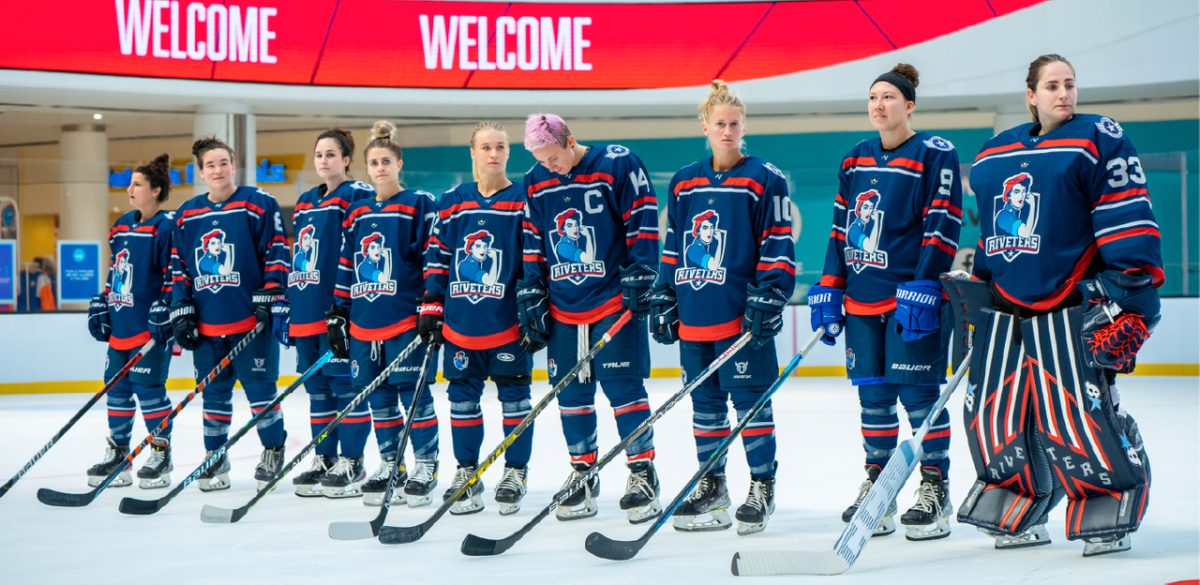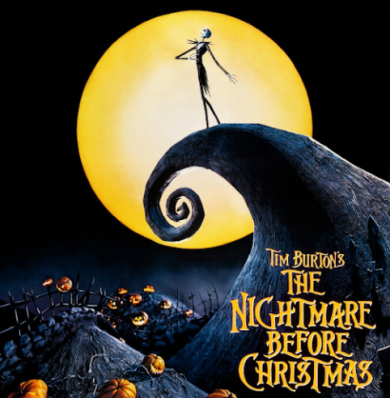Indie rock, once a niche genre, now seems to have taken the world by storm, evolving into one of the most influential forces in modern music. What was originally defined by its somewhat rebellious nature and experimental sound, the genre has since transformed into a dynamic and diverse genre, influencing everything from chart-topping hits to alternative subcultures. As social media and streaming platforms incessantly change how music is consumed, indie rock has found a new home amongst a new crowd: teenagers. Far from its underground roots, the genre has now become a mainstream presence, blending its rich history with contemporary sounds and reaching a broader audience than ever before.
A Brief History of Indie Rock
Indie rock emerged in the late 1970s and 1980s as a response to the mainstream music industry, drawing from the rebellious energy of the punk and post-punk movements. Bands like The Velvet Underground and The Clash set the tone, while groups like R.E.M. and Sonic Youth helped shape the genre through independent labels and underground shows. By the early ‘90s, bands like Nirvana, Radiohead, and The Cranberries brought indie rock into the mainstream, blending experimental sounds with alternative rock and pop elements to reach a larger audience. By the late ‘90s and early 2000s, Britpop and garage rock influences like Oasis, Blur, and The Verve pushed indie rock into new territories. In the 2010s, indie rock expanded further, carrying its popularity and influence into what it is today, where bands like The Strokes, Arctic Monkeys, Fontaines D.C., and Wallows are some of the most popular names, not just in indie rock, but across the broader music scene. Once an underground movement, indie rock is now more popular with younger generations than ever before, reaching teenagers through streaming platforms, social media, and viral trends.
The Allure of Indie Rock for Teen Audiences
Breaking from the mainstream
A large reason why indie rock seems to appeal to teens is its distinctiveness; the genre’s music has a sound unlike any other genre, often characterized by raw production, unique instrumentation, and introspective lyrics, with each individual song being striking in its own right. The multitude of styles within the genre offers something refreshing for teens who want to break away from the mainstream, as they are often drawn to the independent ethos and sense of community within indie rock scenes. With pop, hip-hop, and rap dominating playlists, indie rock provides a clear alternative—something that can be, in my opinion, a bit more personal, raw, and just generally different from what’s constantly being pushed in the media.
Engagement with Indie Rock Live
As the popularity of indie rock continues to grow, teens are not only discovering the music online, but also engaging with it live. To get a firsthand account of its influence on teenagers, I spoke with junior Patrick Singleton-Green, a member of the school band that regularly performs indie rock songs. While this is just one perspective, it highlights some of the broader trends seen in how the genre connects with teens. He has observed a surge in teen listeners of the genre, whether through increased song recognition or newfound interest in the genre. Singleton-Green remarked, “Generally as we have played more songs over the past two or so years, I’ve noticed as of recently people have begun to recognize more songs that we play.” He contrasted this with the band’s early performances, saying, “I remember being asked what song we just played by a few people pretty much every time,” adding that, while there were always a few listeners who recognized the music, the number of people who do now has grown significantly. The increase in recognition reflects a larger trend: more teens are connecting with indie rock, both through live performances and discovering new songs. It shows how the genre is quickly becoming a bigger part of the music scene for younger audiences.
The Influence of Social Media on Music Discovery
We can certainly attribute the exposure of teens to indie rock to one major factor: social media. Platforms like Instagram and Tiktok have revolutionized the way music is discovered, allowing users to stumble upon thousands of songs with just a few swipes or scrolls. For many teens, this means encountering new music daily– often curated by friends, influencers, or even strangers– introducing them to genres like indie rock that they may not have come across otherwise. In this way, social media acts as a gateway to a much wider musical world. This is a dramatic shift from how music was discovered in the past, when the process was far more passive and limited. Before, teens would typically rely on radio stations, CD stations, or recommendations from friends and family. Now, with the algorithm-driven content feeds of social media, discovering new music is almost instantaneous and often tailored to individual tastes, making music far more accessible than ever before.
Shared Identity and Peer Influence
I myself have made meaningful connections with others through indie rock, whether by recommending songs to friends and family, receiving song suggestions, or simply bonding over similar tastes. I’ve found that indie rock often acts as a shared language, creating instant connections in conversations and even friendships. Talking about a favorite band or track can quickly reveal common interests, making it easier to form deeper connections with others. For younger audiences, indie rock serves not only as a form of personal expression but also a way to foster both community and identity, transforming music discovery from a solitary activity to a shared experience. Singleton-Green also notes how being involved in indie rock can create bonds that exist beyond the music itself. When asked if being in a band that plays indie rock changed his perspective on music or his peers’ music tastes, he shared, “Absolutely, because it exposed me to people who have a generally similar taste in music with me, but also may like a lot of other music I’ve never really listened to.” He continued, “the suggestions of songs that the band gives back and forth to each other has definitely expanded the sort of music I have come to like.” His experience highlights how indie rock not only builds connections, but also broadens musical tastes. By sharing song suggestions with his bandmates, he’s discovered new genres and artists, showing how the genre fosters both personal growth and community. This mirrors the growing appeal of indie rock among younger audiences, who are drawn to its unique sound and the shared experiences it creates.
Indie Rock’s Enduring Relevance and Future
Rediscovery of Past Indie Icons
As indie rock continues to captivate younger audiences, many teens are not only discovering modern acts but also revisiting older bands that helped shape the genre. Singleton-Green shares, “Many people our age are finding bands they like from years ago, such as those from the ‘80s or ‘90s, and are effectively pulling those bands back to relevance.” He references Radiohead, a band initially popular in the late ‘90s and early 2000s, as being a prime example of this movement, with the band’s music currently finding a second life as younger listeners continue to discover and share it. The rediscovery of classic acts helps fuel the continued relevance of the genre among young people today, creating a cyclical relationship where past icons shape and influence modern indie bands, keeping the genre fresh and exciting for newer generations.
Indie Rock’s Longevity and Evolution
Indie rock’s future appears bright, with its enduring appeal to younger generations showing no signs of fading. When asked about the genre’s long-term prospects, Singleton-Green emphasized its resilience, saying, “I believe it definitely will [continue to grow], as well as the rise of other genres… although there were periods of time where it was definitely overtaken by other genres, it’s never really left as a major genre and always comes back with new generations of bands with new sounds and new methods of writing music. So I think as long as the genre keeps reinventing itself the way that it has been, it won’t be leaving anytime soon.” This ability to continually reinvent itself, while staying rooted in its core identity, ensures that indie rock remains not just a passing trend but a lasting force in music. As indie rock continues to evolve with each new wave of bands, it will certainly remain a lasting cultural cornerstone, bridging the past and future of music for years to come.

